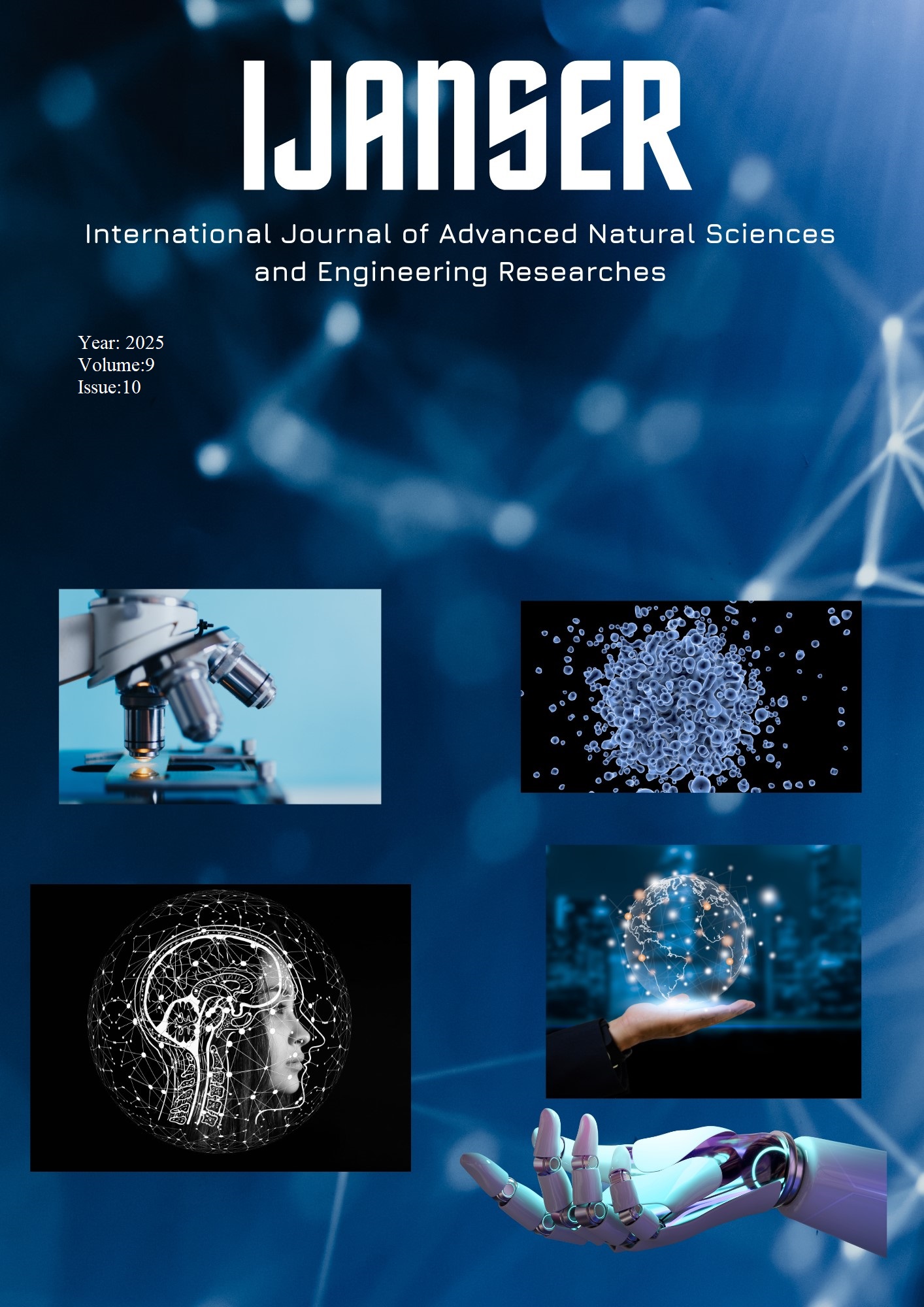Exploring the Educational Usability of Popular 3D Scanning Applications
Keywords:
Luma AI, Polycam, LiDAR, Photogrammetry, EducationAbstract
This study explores the educational usability of four popular 3D scanning applications - LumaAI,
Polycam, KIRI Engine, and 3D Scanner App, by comparing their performance, user experience, and
potential integration into teaching and learning contexts. Three of the applications (LumaAI, Polycam, and
KIRI Engine) were tested on an Android device, while the 3D Scanner App was examined on an Apple
iPad Pro to leverage its built-in LiDAR sensor. To assess their ability to handle challenging conditions, the
target object was placed under a transparent glass dome, allowing us to evaluate how each application
processes light refraction and reflections during the scanning process.
The analysis focused on two main aspects: (1) the quality and accuracy of the generated 3D models, and
(2) the overall user experience, including accessibility, workflow simplicity, and platform compatibility.
These criteria were then evaluated in relation to their potential application in educational settings,
particularly for subjects where interactive visualization, digital modeling, or augmented learning
experiences can enhance engagement and understanding.
Findings indicate differences among the applications in terms of usability, rendering fidelity, and suitability
for classroom use. While some applications demonstrated robustness and ease of use, others struggled with
reflective surfaces or required more advanced features. The results highlight both opportunities and
limitations of current mobile 3D scanning tools, providing insights for educators seeking to integrate such
technologies into pedagogical practice.
Downloads
References
R. Quin and A. Gruen, “The role of machine intelligence in photogrammetric 3D modeling - an overview and perspectives,” International Journal of Digital Earth, vol. 14, issue 1, 2020. [Online].
https://doi.org/10.1080/17538947.2020.1805037
S. Nebel, M. Beege, S. Schneider, and G. D. Rey, “A Review of Photogrammetry and Photorealistic 3D Models in Education From a Psychological Perspective,” Frontiers in Education, vol. 5, 2020. [Online].
https://doi.org/10.3389/feduc.2020.00144
E. Dempster, D. Lyons, and V. Munir, “Innovative Strategies for 3D Visualisation using Photogrammetry and 3D Scanning for Mobile Phones,” EVA London, 2019. [Online].
https://core.ac.uk/works/18522766/
W. Tarng, J.-K. Huang, and K.-L. Ou, “Improving Elementary Students' Geometric Understanding Through Augmented Reality and Its Performance Evaluation,” MDPI, Systems, vol. 12, no. 11, 2024. [Online].
https://doi.org/10.3390/systems12110493
(2025) Luma AI: 3D Capture. [Online]. Available:
https://play.google.com/store/apps/details?id=ai.lumalabs.polar&hl=en
(2025) Polycam: 3D Scanner & Editor. [Online]. Available: https://play.google.com/store/apps/details?id=ai.polycam&hl=en
(2025) KIRI Engine: 3D Scanner App. [Online]. Available: https://play.google.com/store/apps/details?id=com.kiriengine.app&hl=en
(2025) 3d Scanner App™. [Online]. Available:





